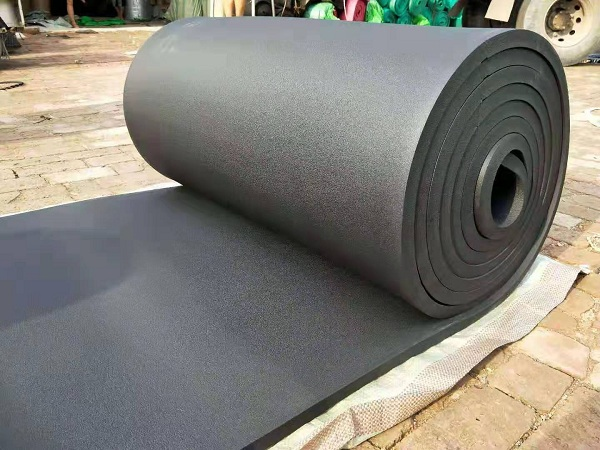

SEARCH
Foamed rubber-plastic board is a new type of thermal insulation material. It is made of nitrile rubber with excellent performance and polyvinyl chloride as the main raw material. It is made by special processes such as banburying, vulcanization and foaming. It has the characteristics of low density, closed bubble mechanism, flex resistance, green environmental protection and so on. So is the foam rubber-plastic board waterproof?
Foamed rubber-plastic board not only has good thermal insulation performance, but also has good waterproof performance. With excellent properties such as thermal conductivity, water vapor transmission rate, low water absorption rate, rich flexibility, and convenient construction, rubber and plastics have occupied a place in the thermal insulation market. The density of rubber and plastic is low, the weight is light, and the closed-cell structure can prevent water vapor from entering. Whether it is rainy weather or in a humid environment, the use of foam rubber and plastic panels is the choice for pipe insulation.

The percentage of water absorbed by a material in water, which can be expressed as mass water absorption or volumetric water absorption. The ratio of the mass of absorbed water to the mass of dry matter is called mass water absorption; the ratio of the volume of absorbed water to the total volume of the material is called volumetric water absorption. Uetersen rubber and plastic materials have a high moisture resistance factor (μ≥10000), which ensures that the material has excellent resistance to water vapor permeability and stable thermal conductivity during use, thereby extending the service life of the material and reducing system operating costs.
The foamed rubber-plastic board has a low water absorption rate, and it will not absorb too much water after long-term use, resulting in its thermal insulation performance and engineering quality. In addition, rubber and plastic also have fire resistance, which belongs to B1 grade refractory materials. Contains flame-retardant and smoke-reducing raw materials, and the smoke concentration generated during combustion is low. It does not contain fibrous substances, so it does not produce harmful substances such as bacteria and mold.